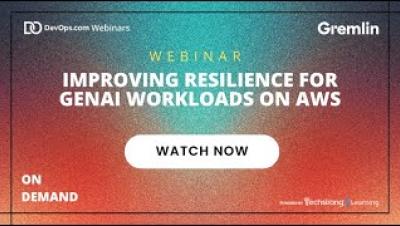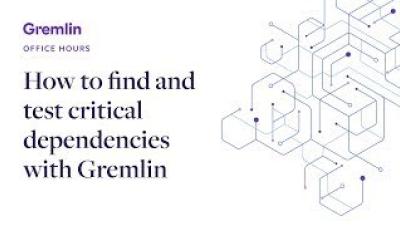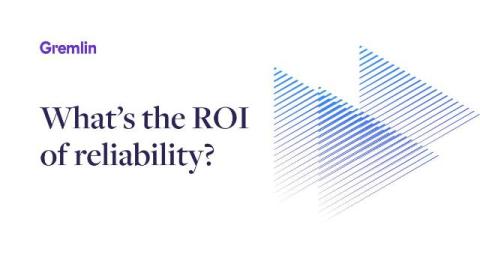Improving Resilience for GenAI Workloads on AWS
GenAI can do incredible things, but like any technology, its success depends on how we implement and use it. Without proper implementation, GenAI failures can pose significant risks to your organization's reputation and customer trust, leading to real financial impact. And like any other application, regulatory rules, SLAs, and reliability standards still apply to GenAI. With more companies integrating GenAI into their systems and products, it’s essential to make sure GenAI workloads and applications are highly available to deliver an exceptional user experience.








